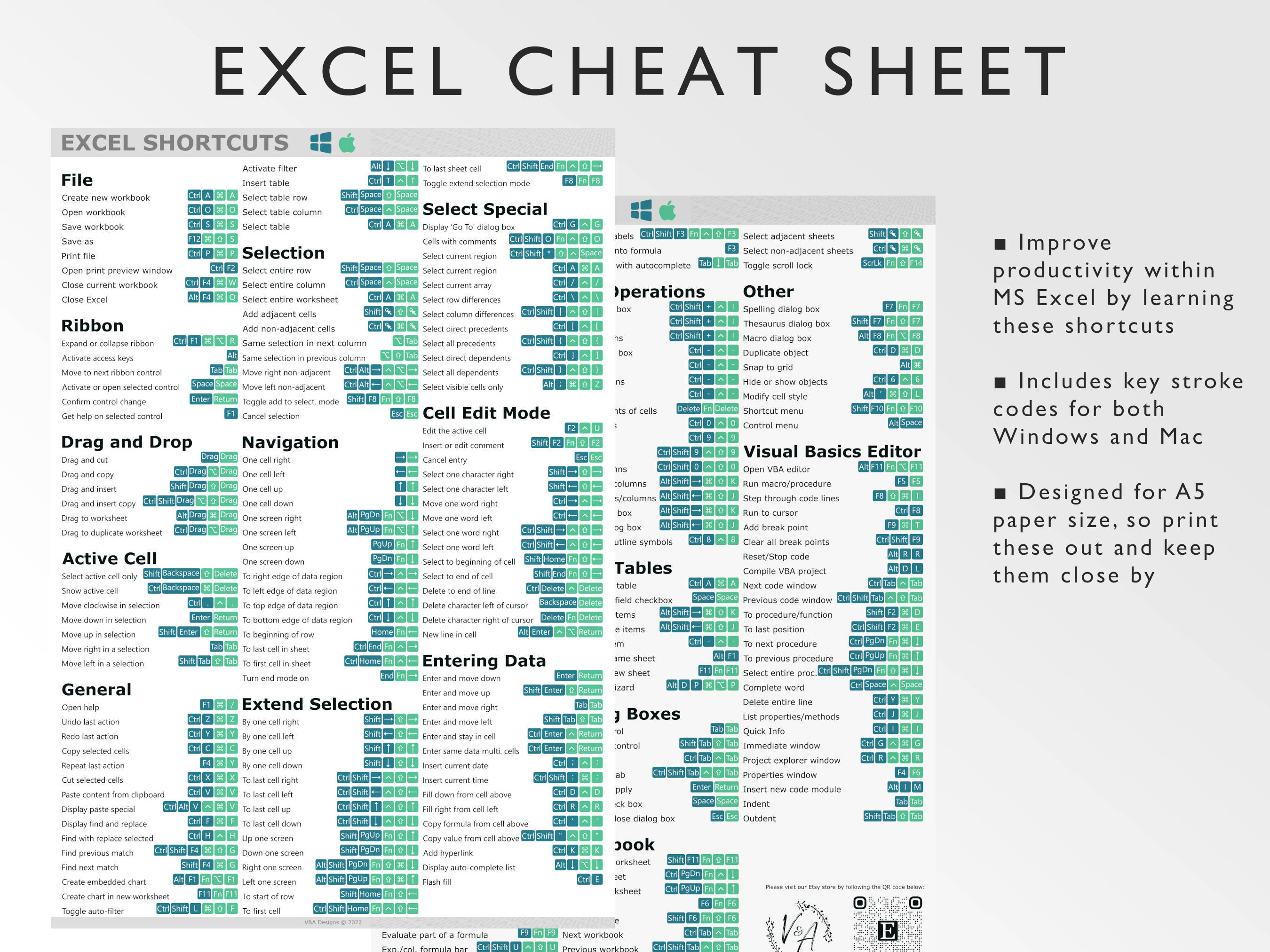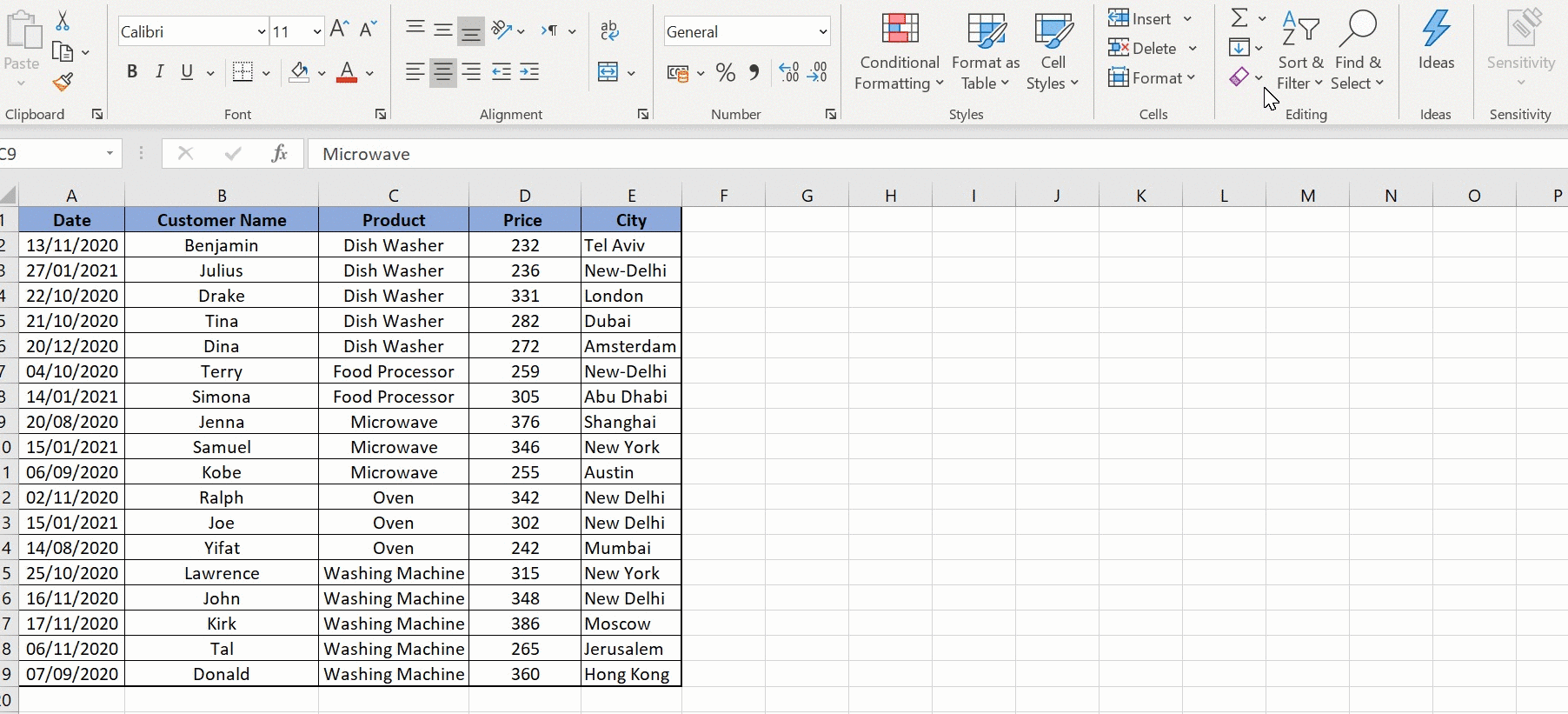5 Essential Excel Data Sheet Tips for Beginners

Are you looking to master the basics of Microsoft Excel for efficient data management? Understanding Excel's capabilities is crucial for anyone working with data, from students to professionals. This guide will walk you through 5 essential tips for using Excel data sheets effectively as a beginner, boosting your productivity and organization skills.
1. Organize Your Data Sheet

Before diving into complex functions or data analysis, ensuring your data is well-organized is fundamental for any Excel work. Here’s how to do it:
- Headers: Always start your data with headers in the first row. These headers will help you easily understand what each column represents. For example, if you’re managing a project, headers might include ‘Task’, ‘Due Date’, ‘Assigned To’, etc.
- Consistent Formatting: Use uniform formatting for similar data types. Dates should all look the same, numbers should align right, and text left.
- Sort and Filter: Regularly sort your data in ascending or descending order to keep it manageable. Filters can help you view only what’s necessary at any given time.

2. Utilize Excel Formulas

Excel’s power lies in its calculation capabilities. Here are some basic yet powerful formulas you should know:
- SUM: Use this to add up values in a range.
=SUM(A2:A10)will sum all values from A2 to A10. - AVERAGE: For finding the average of a range.
=AVERAGE(B2:B10)calculates the average of cells B2 to B10. - IF: Conditional logic can be applied. For instance,
=IF(A2>B2, “Profit”, “Loss”)will write “Profit” if A2 is greater than B2, otherwise “Loss”. - VLOOKUP: This formula allows you to search for a value in the first column of a table and retrieve a value from another column. However, remember to use absolute references for the table array (e.g.,
=VLOOKUP(A2, D2:E10, 2, FALSE)).
📝 Note: Understanding the correct cell references (relative vs. absolute) is crucial when using formulas in Excel.
3. Manage and Analyze Data

Once your data is organized, use these tips to manage and analyze it:
- Data Validation: Prevent errors by setting rules for what can be entered into cells. For example, to ensure only numbers between 1 and 10 are entered, use
Data > Data Validation > Settings > Allow: Whole Number, Minimum: 1, Maximum: 10. - Conditional Formatting: Highlight cells or rows based on certain criteria. This can visually alert you to trends or issues in your data.
- Pivot Tables: Summarize, analyze, explore, and present your data. Pivot tables allow you to dynamically sort, count, total or average data stored in one large spreadsheet.
4. Protect Your Data Sheet

Excel sheets often contain sensitive or important data, making protection crucial:
- Protect Sheet: Go to
Review > Protect Sheetto lock cells or worksheets. You can specify which users can perform tasks like sorting, filtering, or inserting rows. - Password Protection: Set a password when sharing a workbook to prevent unauthorized access or changes.
- Secure Workbook: Use
Info > Protect Workbookto add a password for the entire workbook, making it more secure.

5. Save and Share Efficiently

To ensure your work is accessible and collaborative:
- Cloud Sharing: Use OneDrive or Google Drive for real-time collaboration, allowing others to view or edit your sheets.
- File Types: Save your file in different formats like CSV for compatibility with other software, or XLSX for full Excel functionality.
- Version Control: Excel Online provides version history, enabling you to revert to previous versions if needed.
By now, you’re equipped with the basics to navigate and use Excel data sheets more effectively. Remember, the key to mastering Excel lies in consistent practice and experimentation with different features. Whether you’re managing personal finances, organizing academic research, or tracking project tasks, these tips will help you get started on the right foot.
Can Excel sheets help in project management?

+
Absolutely! Excel can be an effective tool for tracking tasks, deadlines, and resources, making it useful for managing small to medium-sized projects.
How can I prevent data entry errors in Excel?

+
Use data validation rules to restrict the type of data entered into cells. This can prevent common errors like entering text where a number is expected or vice versa.
What’s the difference between relative and absolute cell references?

+
Relative references change when a formula is copied to another cell (e.g., A1). Absolute references remain constant (e.g., A1), which is useful when you need to reference the same cell across multiple formulas.



